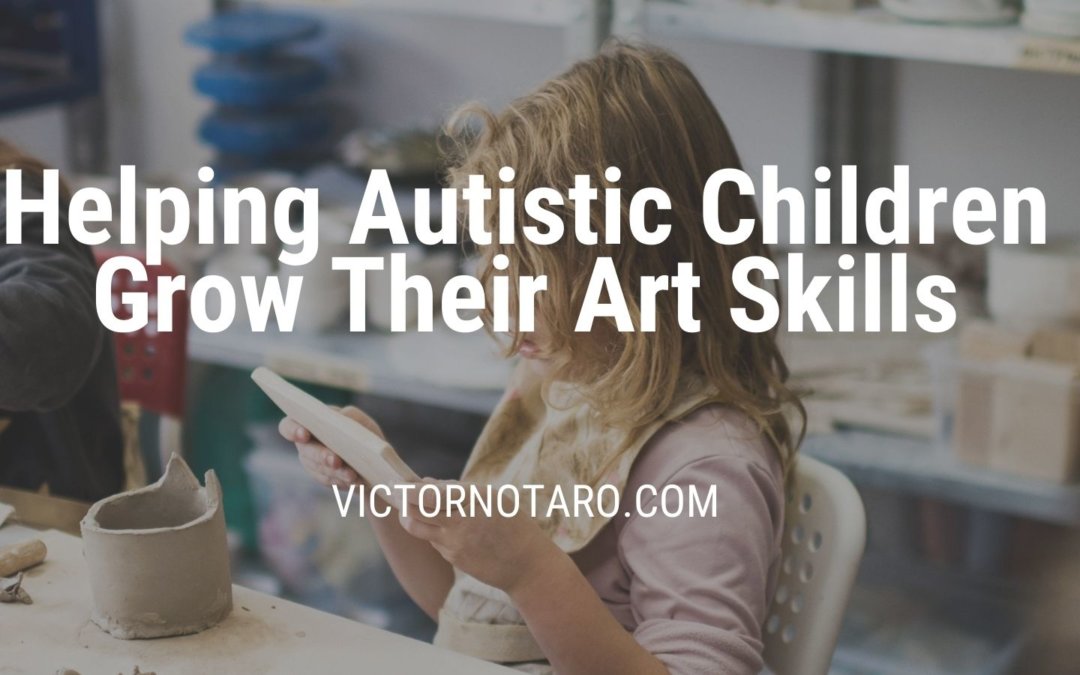When a child is diagnosed with autism spectrum disorder, caregivers tend to focus on helping them manage daily life through behavioral and developmental therapies. While it is important to focus on an autistic child’s social skills and self-regulation, studies have shown that visual art and music can also improve the lives of those on the spectrum. They provide a creative outlet, they allow children to express themselves non-verbally, and they provide opportunities for inclusion when other group activities may be difficult.
Art skills can and should be fostered in all children, including those on the spectrum. Here are a few ways that you can do this as a caregiver of an autistic child.
Do Not Assume Incompetence
If your autistic child wants to paint or draw, encourage them to do so. Never assume that they won’t be able to handle it. Besides, it’s more important than they’ve found a creative outlet that they enjoy, not that they’re going to be good at it. Nobody is good at a skill when they first pick it up, but they can always improve.
Encourage Creative Expression
If you have an autistic child who is having trouble following directions when they’re told to color or draw something specific, encourage them to do what they want. Again, it’s more important that they’ve found a creative outlet that they enjoy. Let your child choose their own medium and subject, and do not punish them if they would rather do their own thing artistically.
Support Inclusion
Your child’s interest in art can be a way to socialize with their peers. If they drew something they really liked, encourage them to show it off. If other children are putting together a group art project, see if your child wants to get involved. After all, socializing is always easier when people share a common interest.
Get Them Started Early
If your child shows interest in something, don’t be afraid to get them started early with lessons and special programs outside of school. There are plenty of community education programs aimed at children interested in the arts, so take some time to look around for local museums, schools, community centers, or even private teachers.
Have Materials At Home
Finally, make sure you have plenty of artistic materials at home. Buy plenty of paper, crayons, pencils, paint, or anything else your child would enjoy. Work on projects with your child, and always keep the experience a positive one.

